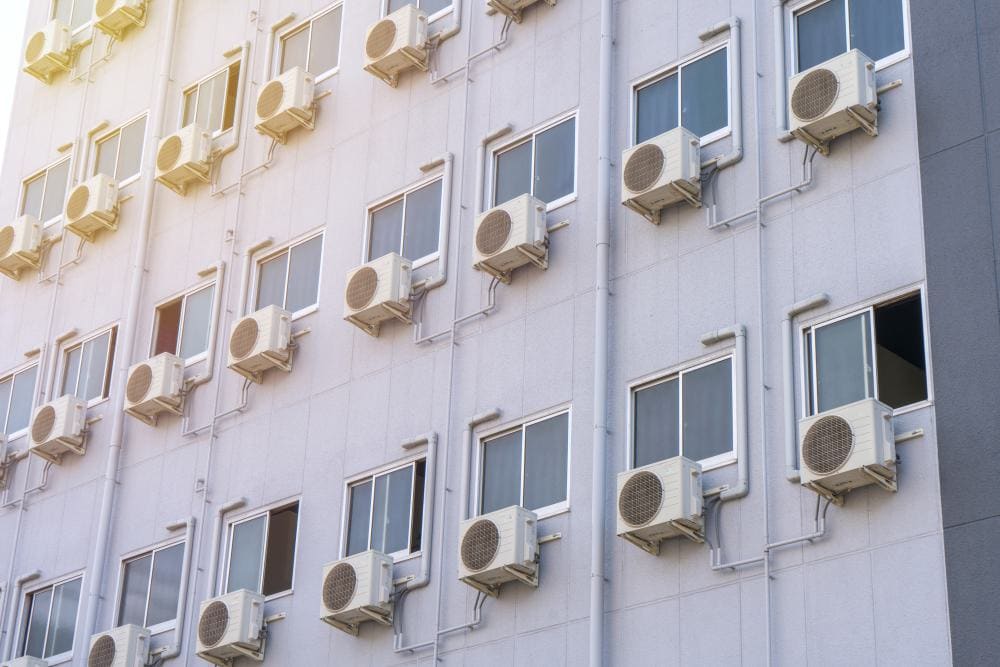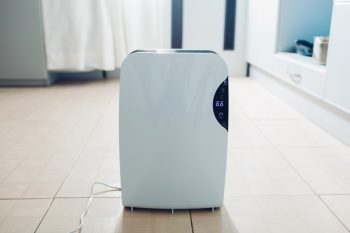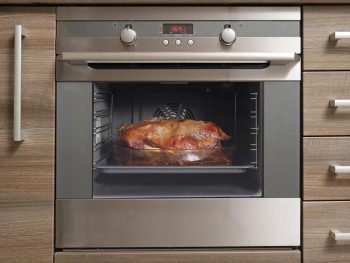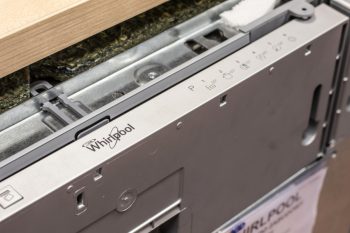
Sealing around a window air conditioner is a task that, when done properly, can significantly improve the efficiency of your unit, reduce energy costs, and enhance the comfort of your home. This comprehensive guide will take you through the process step-by-step, providing tips, common mistakes to avoid, and the potential consequences of not properly sealing your unit.
To properly seal around a window air conditioner, first clean the installation area. Apply foam weatherstripping to the window frame, install any extension panels and mounting brackets according to the manufacturer’s instructions, and secure the unit in place. Seal any remaining gaps with additional weatherstripping or duct tape. Finally, apply a continuous bead of caulk around the edges of the unit on the outside to create a complete seal. Check for any air leaks and make adjustments as necessary.
Why is Proper Sealing Important?
Before we delve into the process, let’s first understand why this task is so crucial. Correctly sealing a window air conditioner enhances its efficiency in several ways:
- Reduced air leakage: Sealing gaps and cracks around the air conditioner prevents outside air from entering and conditioned air from escaping your home. This reduces the workload on the air conditioner, allowing it to operate more efficiently.
- Increased energy efficiency: Properly sealing the air conditioner helps maintain the desired indoor temperature, reducing the need for the unit to work harder and consume more energy.
- Improved indoor air quality: Sealing gaps around the air conditioner can help prevent the entry of allergens, dust, and pollutants from the outside, contributing to better indoor air quality.
- Lower energy costs: By reducing air leakage and improving energy efficiency, a well-sealed air conditioner can help lower your energy bills.
Step-by-Step Guide to Properly Seal a Window Air Conditioner
Follow these key steps to ensure a properly sealed window air conditioner:
- Clean the installation area: Before starting, ensure the area around the window and the air conditioner unit is clean.
- Apply weatherstripping: Attach foam weatherstripping to the bottom and sides of the window frame to create a tight seal.
- Install the extensions: If your air conditioner has extension panels, install them according to the manufacturer’s instructions.
- Install mounting brackets: Attach the mounting brackets to secure the air conditioner unit in place.
- Set and secure the unit: Center and level the air conditioner in the window, then close the window securely onto the top of the unit.
- Seal gaps: Use additional foam weatherstripping or duct tape to seal any gaps between the air conditioner and the window frame.
- Caulk the outside: Apply a continuous bead of caulk (latex, silicone, or hybrid sealant) around the edges of the unit on the outside to create a complete seal. Smooth the caulk with a damp rag or your finger for a neat finish.
After completing these steps, turn on the air conditioner and check for any air leaks. Make adjustments as necessary to ensure a tight seal.
Tools and Materials Needed
To ensure a successful sealing process, you’ll need the following tools and materials:
- Foam weatherstripping
- Extension panels (if provided by the manufacturer)
- Mounting brackets
- Caulk (latex, silicone, or hybrid sealant)
- Damp rag or sponge
- Level
Common Mistakes and How to Avoid Them
Even with the best intentions, mistakes can happen. Here are some common ones and how to avoid them:
- Not following the manufacturer’s installation instructions: Always follow the instructions provided by the manufacturer to ensure proper installation and sealing.
- Using the wrong sealing materials: Use weatherstripping or insulating foam tape specifically designed for sealing around window AC units. Avoid using inappropriate materials, such as duct tape.
- Not sealing both the inside and outside of the unit: To effectively seal a window air conditioner, it’s essential to seal both the outside and inside of the unit. Use exterior caulk on the outside and weatherstripping on the inside.
- Not cleaning the installation area: Clean the installation area before applying sealing materials to ensure proper adhesion.
- Not checking for air leaks after installation: After sealing the unit, turn it on and check for air leaks. Make adjustments as necessary to ensure a proper seal.
The Consequences of Not Properly Sealing Your Air Conditioner
Neglecting to properly seal your air conditioner can lead to several negative consequences, including:
- Reduced efficiency: A poorly sealed window air conditioner can result in air leaks, making the unit work harder to cool the room and leading to higher energy bills.
- Structural damage: Water leakage and condensation build-up can cause damage to your windows and home structure.
- Mold and mildew growth: Excess moisture due to improper sealing can promote mold and mildew growth, which can lead to health issues.
By properly sealing your window air conditioner, you can avoid these issues and enjoy a cooler, more comfortable home. While it may seem like a daunting task, with the right tools, materials, and a little patience, you can accomplish it successfully.
Frequently Asked Questions
What type of caulk should I use for sealing the air conditioner?
You can use latex, silicone, or hybrid sealant caulk. Each has its benefits, but silicone caulk typically offers better adhesion and flexibility, making it a popular choice for sealing around air conditioners.
How often should I check the seal around my window air conditioner?
It’s a good idea to check the seal at least once a year, preferably before the cooling season begins. However, if you notice any drafts or increased energy bills, you should check the seal immediately.
Can I use duct tape to seal my window air conditioner?
While duct tape may seem like a quick fix, it’s not recommended for sealing around window air conditioners. Duct tape may not adhere well over time, and it can leave behind a sticky residue. Instead, use foam weatherstripping or insulating foam tape specifically designed for this purpose.
What should I do if I still feel drafts after sealing my air conditioner?
If you still feel drafts after sealing, it’s possible that there are still gaps somewhere around the unit. Double-check the seal and apply additional weatherstripping or caulk as needed. If the problem persists, consider consulting a professional.
Can I seal my window air conditioner from the inside only?
While sealing from the inside can certainly help, it’s best to seal both the inside and outside of the unit for maximum efficiency. Sealing from the outside prevents outside air from entering, while sealing from the inside keeps conditioned air from escaping.












